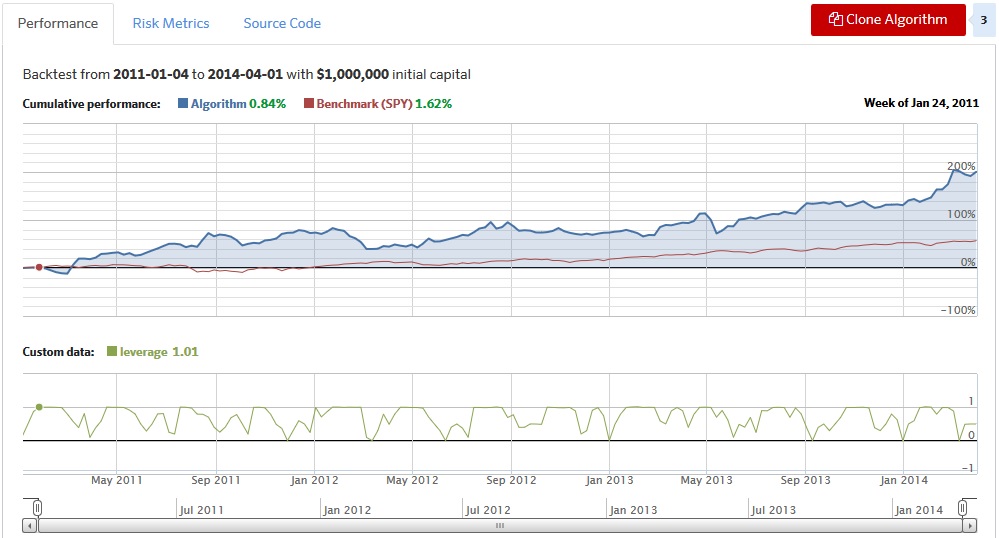Quantpedia Update – 1st October 2016
Two new strategies have been added:
#320 – Natural Gas Futures Trading Based on Informed Traders Forecasts
#321 – International Carry Investing on the Yield Curve
Two new related research papers have been included into existing strategy reviews. And two additional related research papers have been included into existing free strategy reviews during last 2 weeks.


